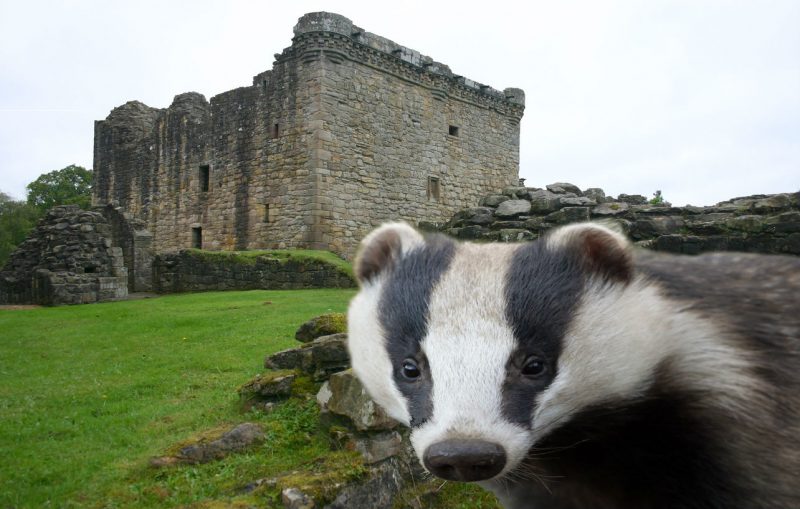Never mind armored knights, mounted troops, heavy artillery, or massive cannons. A 16th-century castle in Scotland was recently invaded, ransacked, and held hostage by that most fearsome of modern foes—a “very angry badger.”
The tiny masked marauder entered a cellar tunnel at Craignethan Castle in South Lanarkshire, Scotland, in early April. Staff tried to lure it out with cat food, honey, peanuts, and bananas. They posited that the badger had become confused and lost in the castle’s network of tunnels, trying to seek a way out.
Historic Scotland, the caretakers of the castle, sent the news out via Twitter on April 13, causing a storm of response. “Beware the #AngryBadger!”
“If you’re heading to #CraignethanCastle over the next few days you might find the Cellar Tunnel closed due to the presence of a very angry badger,” Historic Scotland said. “We’re trying to entice it out with cat food & send it home to #chilloot.”
Craignethan Castle was a strong tower castle built in the 1500s to sustain heavy military bombardment, if not nibbles from the weasel family.
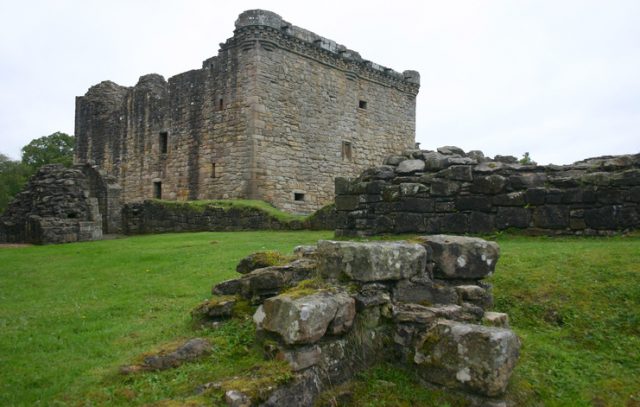
The land on which the castle was built was originally a property of the Black Douglases, but was granted to the Hamilton family in 1530. Sir James Hamilton of Finnart, a trained architect and the King’s Superintendent of Palaces, designed the castle on a knoll above a bend in the River Nethan to show off his talent for military architecture. The last great private stronghold constructed in Scotland, it has steep downward slopes on three sides, but on one side it is overlooked by higher ground, a vulnerable flaw in design. The castle and ramparts sit on a traditional large rectangular keep.
In 1536, Hamilton of Finnart hosted King James V for his daughter’s wedding celebrations at the castle. Alas, this did not keep him in royal favor for long. Hamilton was beheaded in 1540 for treason, though his son still managed eventually to inherit the land.
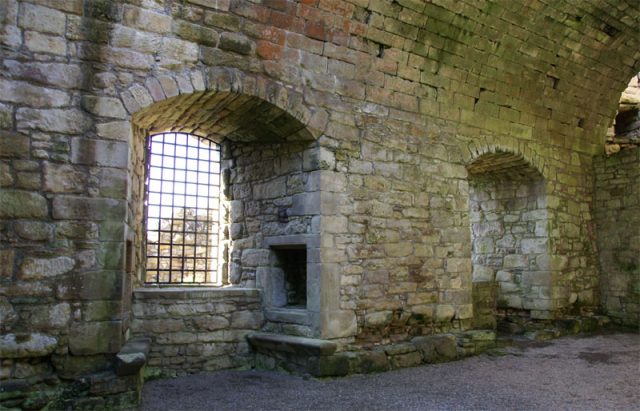
Mary, Queen of Scots is said to have spent a night at Craignethan after her abdication and before she was forced to flee to England. Folk legend has it that her headless ghost haunts the hallways.
By 1579, the main towers of Craignethan were destroyed by royal decree to render it defenseless. The Hays bought the castle in 1665, and constructed a two-story house in the southwest corner, which still stands today.
Craignethan Castle was given over to state care in 1949, and turned into a tourist attraction. The surrounding ancient woodlands are home to kestrels and sparrowhawks, according to Castles of Scotland website. Not to mention very angry badgers!
“We’ve had to temporarily close Craignethan Castle’s cellar tunnel due to an unexpected guest,” a spokesman for Historic Environment Scotland told the Guardian on April 19. “The tunnel was closed around midday on 12 April. The castle is surrounded by woodland and we believe the badger may have become lost. Staff have been in contact with local wildlife authorities.”
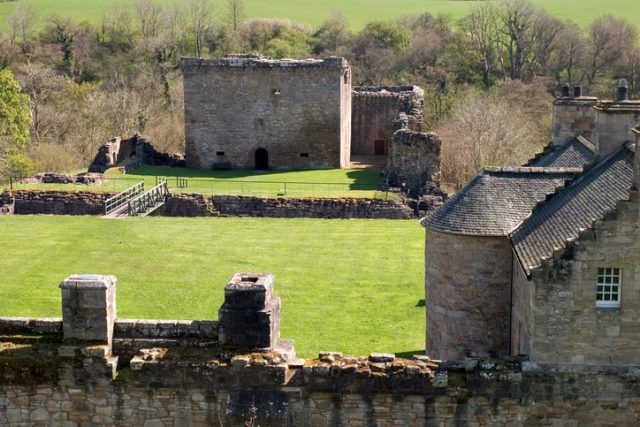
Staff first noticed the tiny masked marauder’s path of destruction. It had dug through loose soil in the stonework, causing a mess. They later saw the culprit. By the weekend, the badger had found its way out of the castle. But it had left enough damage to the stone masonry to cause concerned castle minders to keep the tunnel closed to public.
Historic Scotland reported on Twitter: “While our furry friend left the building over the weekend, we can confirm the #CraignethanCastle cellar tunnel remains closed this week. Our work team on-site need to repair some of the stone masonry the badger damaged. The rest of the castle is open for visitors.”
One of Craignethan’s large rectangular main towers still stands, as does the squat base of another alongside a gatehouse. Inner and outer courtyards are mostly surrounded by massive ramparts.
A ditch in front of the west wall—over which a drawbridge once lay—protected the original castle. In 1962, excavators discovered there a caponier—or a roofless below-ground fortification with firing steps and rifle portals that was connected to the castle via tunnels.
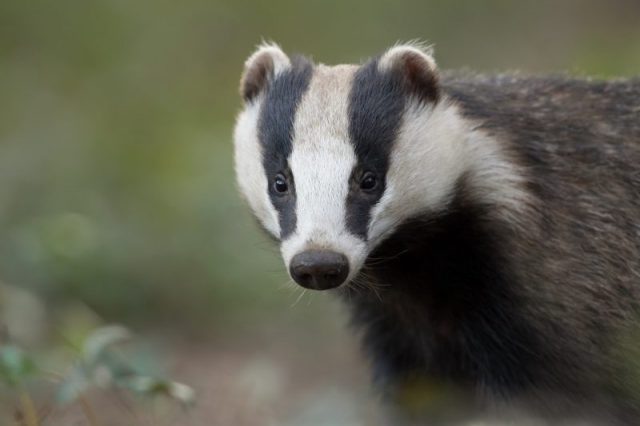
When you consider the badger’s natural proclivities, however, it is actually not all that surprising that one found its way to the castle tunnel.
“Badgers have strong limbs and sharp claws that help them dig burrows and find food underground,” according to Live Science. “They make their homes by digging tunnels and caves and use grass and leaves for bedding. A badger’s home is called a sett.”
Badgers typically consume earthworms and spider larvae, which presumably a nearly 500-year-old castle tunnel would hoard in abundance. We might ask, what took the badger so long to call the castle its home?
E.L. Hamilton has written about pop culture for a variety of magazines and newspapers, including Rolling Stone, Seventeen, Cosmopolitan, the New York Post and the New York Daily News. She lives in central New Jersey, just west of New York City
